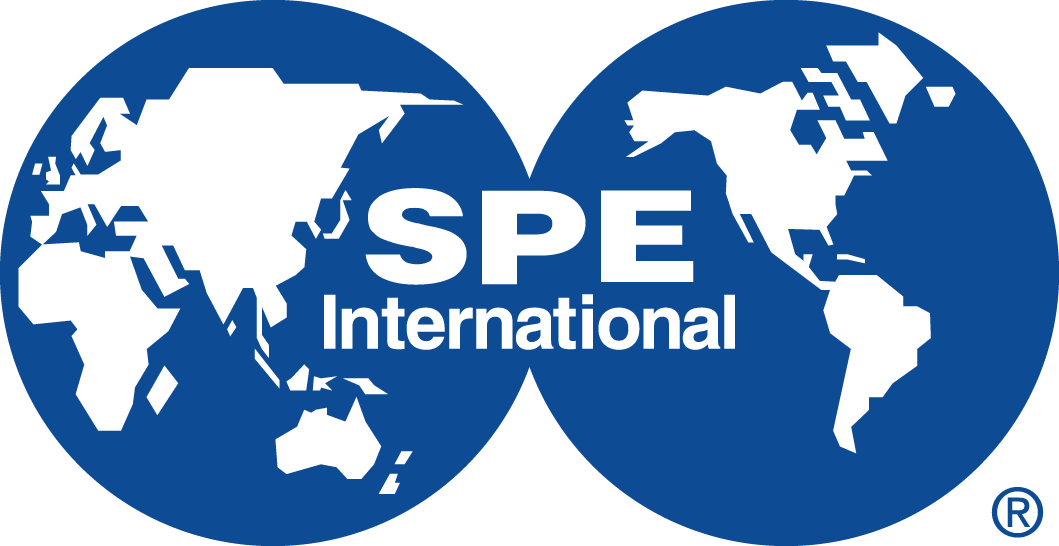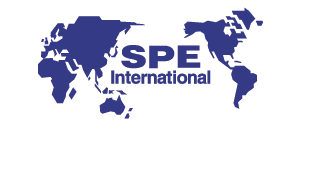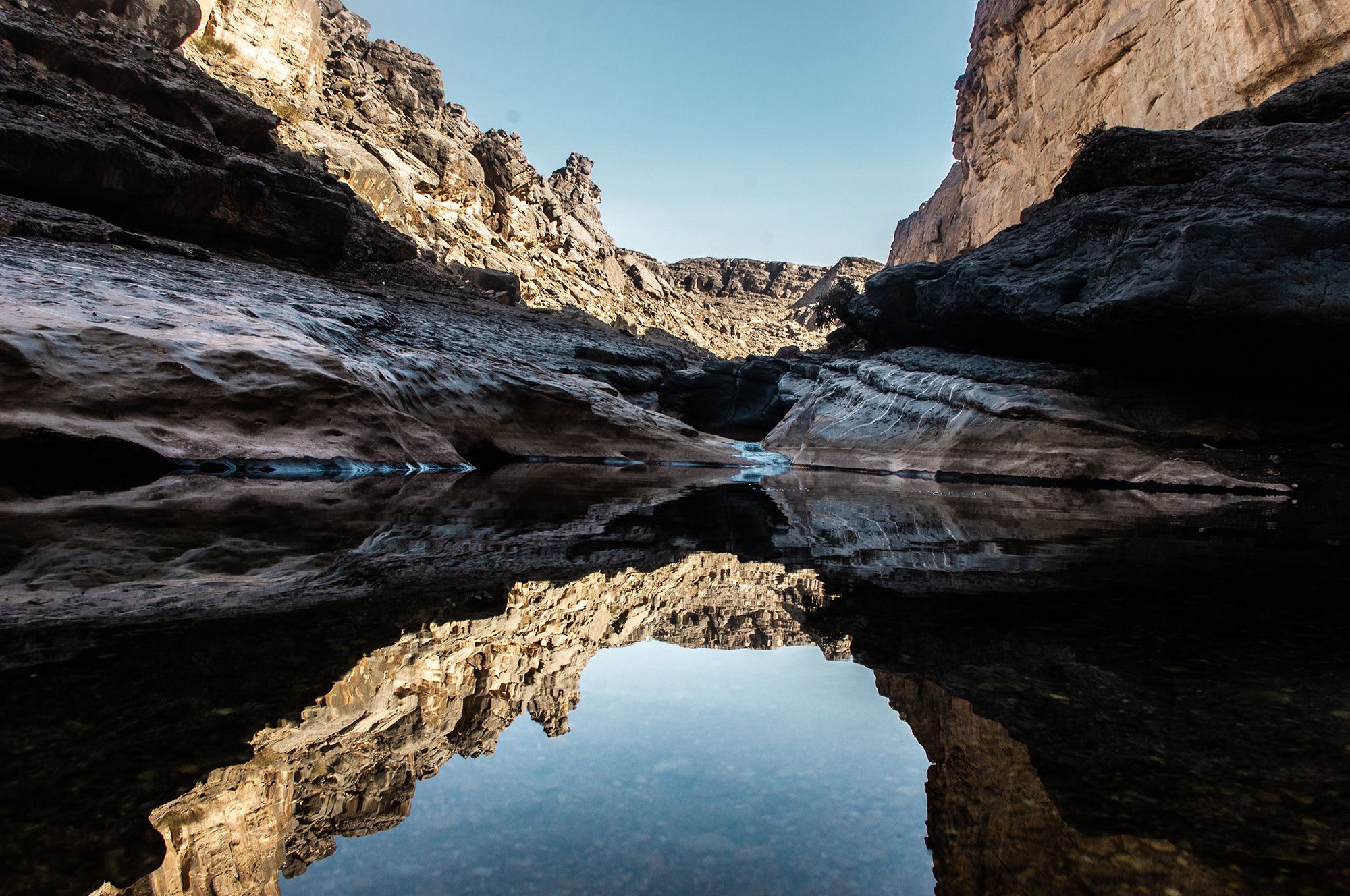Project Session 1: Petroleum Development Oman: Journey Towards Low-Cost Fracturing for Low Pressure Operation
Journey Towards Low-Cost Fracturing for Low Pressure Operation
Muhannad Al Kalbani; Ali Al-Ghaithi; Abdullah Al Riyami; Saif Al Matroushi, Sakeena Al Lawati; Ahmed Al Adawi; Ruqaya Zadjali; Mubarak Al Mahfudhi; Jamil Al Alawi; Hanaa Kokash; Elham Al Khuseibi; Faisal Niyadi; Said Al Kindi; Ahmed Al Jahdhami, PDO
Introduction
PDO began its hydraulic fracturing (HF) journey over 30 years ago. It gained significant traction in the early 2000s, with the initial fracs being designed as massive fracs targeting all sand units with only two to three stages. This technique was initially applied to boost production in tight gas fields in the northern region of Oman. Over the years, through collaboration with international companies, advancements in technology, and refined techniques, PDO has improved efficiency, reduced costs, and enhanced recovery. These developments led to the opening of low-pressure, relatively higher-permeability reservoirs to hydraulic fracturing, resulting in rapid growth over the past 15 years.
Significant progress has been made since its humble beginnings, with a more than 12-fold increase in scope and nearly a 70% cost reduction from the initial frac. Well potential has also increased by more than four times in fractured wells compared to non-fractured ones.
However, this increase in frac scope has not come without its challenges. Rising costs, water shortages, greenhouse gas (GHG) emissions, and depleted reservoirs present ongoing difficulties. The path forward will involve addressing each of these challenges to ensure hydraulic fracturing remains cost-competitive and serves as a catalyst for sustainable growth.
Process
The approach for low-pressure hydraulic fracturing was divided into two phases. Phase 1 focused on setting a strategy to change the perception that HF was uneconomical in a low-pressure environment and was only suitable for tight reservoirs. This was achieved by establishing clear selection criteria and success factors. Phase 2 aims to reduce costs by over 90% while increasing well potential ninefold.
This ambitious goal can only be achieved through close collaboration with local companies to maximise in-country value (ICV), partnerships with technology providers to improve efficiency, and a clear strategy to enable sustainable growth.
The focus going forward will hinge on leveraging these key enablers:
- Strong support for local content (LC) to enhance in-country value (ICV).
- Expanding the use of HF beyond vertical oil producers to target water injectors and horizontal producers.
- Benchmarking and replicating best global practices.
- Digitalisation and automation to enhance productivity, quality, and capabilities.
- Achieving zero flaring and reducing power consumption to minimise emissions.
- Using locally sourced frac sand instead of proppant.
Conclusion
PDO’s low-pressure hydraulic fracturing (LP HF) journey has come a long way from its modest origins to becoming a major factor in unlocking and enhancing well potential in low-pressure oil wells. The implementation of the first horizontal multi-stage frac in a low-pressure oil well in 2024 marked a significant milestone, setting the stage for a substantial increase in scope.
Despite starting just 15 years ago, the programme has achieved remarkable growth at a rapid pace. Going forward, the aspiration is to more than double the frac scope in the next five years while significantly reducing the cost per stage pumped.


